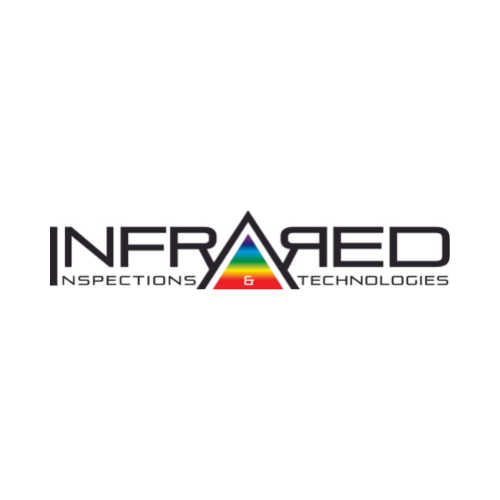Why do certain Infrared inspections need to be carried out at night?
Certain machinery inspections should not be carried out during daylight hours for accuracy reasons.
How does daylight affect accuracy?
Surprisingly, it has nothing to do with the state of the surrounding environment being light or dark, but to do with the thermal energy from the sun and the energy emitted from objects in the surrounding environment. This energy is usually significantly lower at night than during sunlight hours.
Even on relatively cool days, heat energy from the sun will be gradually absorbed by buildings, roads, and construction materials while it’s daylight outside.
When these types of objects absorb energy from the environment over the course of the day, any small faults in the objects become less distinguishable from the objects emitted energy which has been inflated due to the absorbed solar energy. This is a phenomenon called “solar loading”.
Does it make that much of a difference?
Unfortunately, people who do not understand thermography often say things like, “We are just inspecting rollers, so we don’t have to be that accurate”.
This way of thinking will eventually lead to an unexpected failure to occur.
It is due to the fact that untrained people do not understand what level of accuracy or inaccuracy IS acceptable for those components.
The exception to the rule is sometimes, if it is very overcast, and it is a fixed plant conveyor or an outdoor electrical component inspection in a power distribution or control system.
Some of the most important reasons that pertain to thermography inspections on a fixed plant are listed below:
- The minute the sun begins to rise over the horizon in the morning, it emits energy that begins to be absorbed by all components on the eastern side of the conveyors.
- As Kirchoff’s Law of Radiation states, the ability of a body to absorb energy is equal to its ability to emit energy.
- As the components that we are looking at are generally painted with a high emissivity paint, their ability to absorb energy and in turn, emit that energy is also very high, so the suns energy begins to raise the emitted energy and consequently the measured temperature of the surface of the object.
An experiment was conducted during Winter daylight hours
I personally performed a test in winter to prove this theory on a plant in Central Queensland, the effect of the rising sun between the eastern and western sides of the conveyor system. I found that within half an hour of the sun striking the conveyor components, there was up to a 10°C temperature differential between the eastern and western sides.
This temperature differential decreased over the day; however, the overall energy absorbed and therefore emitted would cause the following problems with inspections:
- In the case of a system that is north/south orientated, the eastern side is impacted far before the western side. Thus, causing an increase in thermal energy absorption and emission. This artificially increases the measured temperature difference between the eastern and western sides of the system. The opposite begins to occur in the afternoon, as the eastern side begins to gradually lose the excess energy gained during the day by the sun, to the atmosphere.
- The emitted energy and therefore temperature of the objects increases, causing:
- An increase in overall temperature of the objects (I have observed up to a 20°C increase in component temperature in summer).
- A decrease in temperature difference between components due to the addition of energy from the sun which is not a result of friction.
- A masking of thermal patterns on the surface of the component due to the saturation of energy absorbed from the sun.
- The emitted energy and therefore temperature of the background increases causing:
- A decrease in temperature difference between the component and the background making detection of anomalies more difficult.
If you would like to discuss this topic further, please reach out.
Jeff Erichsen

.png?width=190&name=IPA%20Logo%20Transparent%20(Hi-Res).png)





